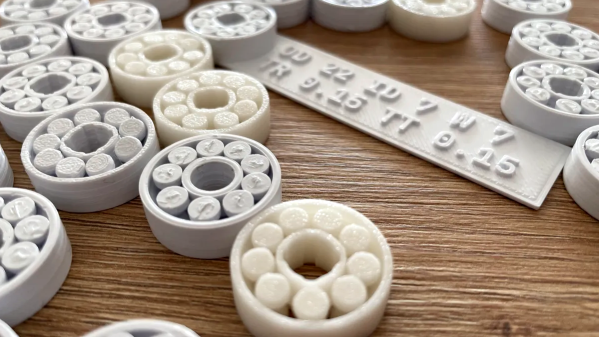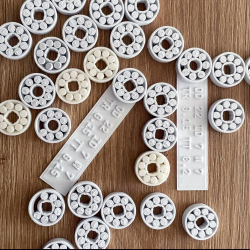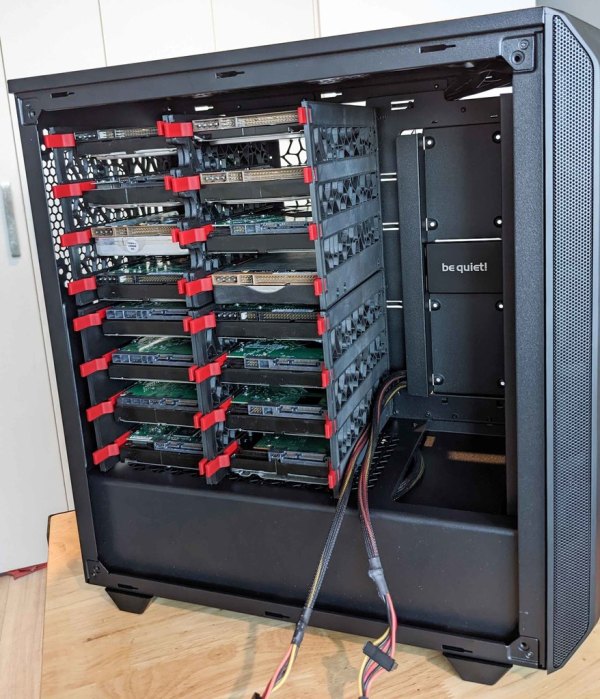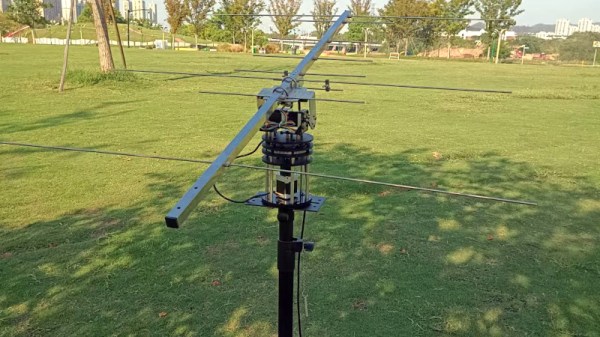When the power goes out, it goes without saying that all the lights and sockets in a house stop working. Savvy rural homeowners stock up with candles, batteries, LED lights, and inverters. More foolhardy folks simply hook up their home electrical system to a generator using a mains lead with a plug on one end between the generator and a wall socket. This should be so obviously dangerous as to be unnecessary, but it’s become widespread enough that the US Consumer Product Safety Commission has issued a warning about the practice. In particular, they’re concerned that there’s not even a need to wire up a lead, as they’re readily available on Amazon.
The dangers they cite include electrocution, fire hazard from circumventing the house electrical protection measures, and even carbon monoxide poisoning because the leads are so short that the generator has to be next to the socket. Hackaday readers won’t need telling about these hazards, even if in a very few and very special cases we’ve seen people from our community doing it. Perhaps there’s a flaw in the way we wire our homes, and we should provide a means to decouple our low-power circuits when there’s a power cut.
It’s likely that over the coming decades the growth of in-home battery storage units following the likes of the Tesla Powerwall will make our homes more resilient to power cuts, and anyone tempted to use a plug-to-plug lead will instead not notice as their house switches to stored or solar power. Meanwhile, some of us have our own ways of dealing with power outages.
Plug image: Evan-Amos, Public domain.



















